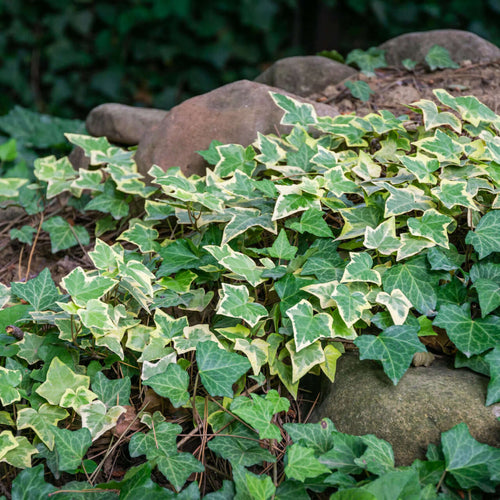20 Mixed Soil Erosion Vines
The Usage of Planting Vines For Soil Erosion
Planting vines for soil erosion control is an effective and environmentally friendly method that has been practiced for centuries. Vines are climbing or trailing plants that grow by extending their stems, and they can be instrumental in stabilizing soil on slopes, preventing erosion, and improving overall landscape health. This article will discuss the usage of vines for soil erosion control, highlighting their benefits, types of vines commonly used, and best practices for successful implementation.
Utilizing Vines For Soil Erosion
Unattended, it can lead to the loss of topsoil and sedimentation in water pools. To combat these issues, planting vines is a sustainable approach that offers several advantages. Vines have an extensive root system that helps bind soil particles together, reducing erosion risk. Their roots penetrate deep into the soil, creating channels for water absorption and increasing soil stability.
Additionally, the dense foliage of many vine species acts as a protective cover, shielding the ground from the impact of heavy raindrops and wind, thereby reducing erosion rates. Various types of vines are commonly used for soil erosion control. One popular choice is the English ivy (Hedera helix), a vigorous vine known for covering large areas quickly. It forms a dense vegetation mat that helps control slope erosion and can be particularly effective on steep inclines.
Virginia Creeper (Parthenocissus quinquefolia) is another common vine used for erosion control
Another notable vine is the trumpet vine (Campsis radicans), valued for its attractive trumpet-shaped flowers and ability to grow in various soil conditions. Its fast growth and sprawling habit suit areas where erosion is a concern.
Additionally, the Honeysuckle family (Lonicera spp.) offers several vine species that can be used for soil erosion control, such as Japanese Honeysuckle (Lonicera japonica) and Hall's Honeysuckle (Lonicera japonica 'Halliana'). These vines proliferate and form dense covers, preventing erosion on slopes and embankments.
Several best practices should be followed to successfully implement vine planting for erosion control. First, a site assessment is crucial to determining the area's needs, such as soil type, sunlight exposure, and moisture levels. This information will guide the selection of suitable vine species adapted to the site conditions.
The preparation of the planting site is another essential step. It involves removing existing vegetation, loosening the soil, and incorporating organic matter to improve soil structure. This will create an optimal environment for vine growth and root development. Proper spacing should be considered when planting the vines to ensure adequate coverage without overcrowding. Spacing guidelines recommend planting vines 6 to 12 feet apart, depending on their growth habits and the desired coverage rate.
Support structures such as trellises, arbors, or stakes may be necessary to guide the vines' growth and prevent damage to nearby structures or plants. Regular maintenance is vital to ensuring the success of vine planting. It includes watering the vines during dry periods, especially in the establishment phase, and mulching the soil around the base of the plants to retain moisture and suppress weed growth.
Pruning should also be performed to control excessive growth and maintain the desired shape and coverage. In conclusion, planting vines for soil erosion control is a sustainable and effective method with numerous benefits. Vines help stabilize soil on slopes, reduce erosion rates, and enhance the landscape's health.



















































